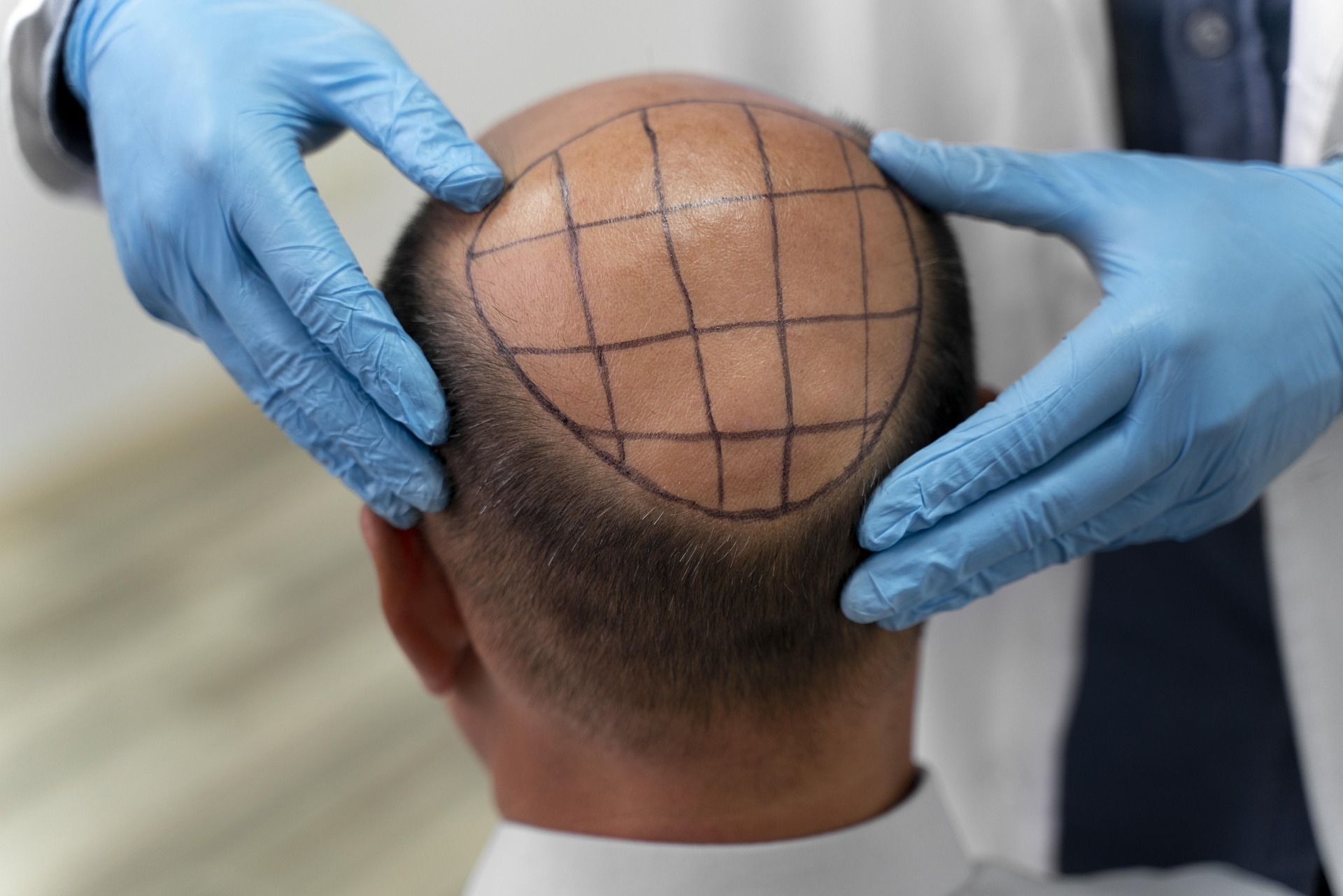Complete Hair Transplant Guide: Restore Natural Hair
Explore a detailed guide to hair transplantation—an effective, long-term option for thinning hair, receding hairlines, and bald spots. Learn who makes a good candidate, the differences between FUT, FUE, robotic and sapphire techniques, realistic recovery timelines, risks to consider, and typical costs and financing options. This overview helps you make informed choices about hair restoration and find the right specialist to meet your goals.

Hair loss affects millions and can influence self-image and confidence. Modern hair transplantation offers a lasting way to replenish hair using your own follicles, delivering natural-looking results when performed by experienced clinicians. This guide covers candidacy, surgical options, what to expect before and after the operation, possible complications, cost drivers, and realistic timelines to help you decide if a transplant is right for you.
Who is a Good Candidate for Hair Restoration Surgery?
Not everyone experiencing hair loss should automatically pursue transplantation. Ideal candidates typically share several traits:
- Sufficient donor hair density: You need enough healthy follicles—usually from the back or sides of the scalp—to cover thinning areas.
- Stable pattern of hair loss: Predictable, established hair loss (rather than rapidly progressing shedding) helps surgeons plan a durable result.
- Realistic expectations: Transplants can significantly improve appearance but have limits; understanding likely outcomes is essential.
- Good general health: Candidates should be medically fit for minor surgery and follow post-op instructions to promote healing.
A consultation with a certified hair restoration specialist will evaluate your hair loss pattern, donor availability, scalp condition, and aesthetic goals to determine whether transplantation is appropriate and what approach will work best.
Types of Hair Transplant Procedures
Several proven methods and innovations exist; the two core techniques are FUT and FUE, with newer variations designed to improve precision and recovery:
-
Follicular Unit Transplantation (FUT): Also called the strip method, FUT removes a thin strip of scalp from the donor area, which is then dissected into individual follicular units for placement. It can yield many grafts in one session but leaves a linear scar.
-
Follicular Unit Extraction (FUE): Individual follicular units are harvested directly using a small punch tool. FUE minimizes visible scarring and allows for shorter recovery, though it can be more time-intensive.
-
Robotic-assisted FUE: Robotic systems help identify and extract grafts with high consistency, enhancing accuracy and potentially shortening procedure time.
-
Sapphire FUE: A variation of FUE where sapphire-bladed instruments create recipient sites. Advocates say the smaller, more precise incisions can speed healing and improve graft placement.
Surgeons may combine techniques or tailor methods to individual needs; discuss pros and cons of each option during your consultation.
What to Expect During and After the Hair Transplant
Procedures are commonly performed under local anesthesia, so patients remain awake but comfortable. The length of the surgery varies with graft count—sessions can last several hours or be staged across days for very extensive cases.
Immediately after surgery you may notice redness, mild swelling, and tenderness. Tiny scabs form around transplanted follicles and generally slough off within one to two weeks. Most people return to non-strenuous work within a week, but avoid heavy exercise and direct sun exposure for several weeks as directed by your surgeon.
Hair growth timeline:
- 2–4 weeks: Transplanted hairs often shed—this “shock loss” is expected.
- 3–4 months: New hair begins to appear as follicles enter a growth phase.
- 6–12 months: Noticeable improvement and density increase.
- 12–18 months: Final results typically become apparent with matured hair shafts and fuller coverage.
Following post-operative care instructions—proper cleaning, avoiding certain medications, and attending follow-ups—affects healing and long-term outcomes.
Risks and Potential Side Effects
As with any surgical procedure, hair transplantation carries risks. Common and less common issues include:
- Infection or wound-healing problems
- Bleeding or excessive crusting
- Scarring (linear with FUT; small dot scars with FUE)
- Temporary shock loss of existing hair
- Unnatural looking hairline or poor hair angulation if improperly placed
- Failure of some transplanted grafts to take and produce hair
Selecting a board-certified, experienced surgeon and following pre- and post-op guidelines reduces these risks. During your consultation, ask about complication rates, before-and-after photo libraries, and the clinic’s protocol for managing issues.
Cost Factors and Typical Pricing
Pricing varies widely based on multiple elements:
- Extent and pattern of hair loss
- Number of grafts required
- Technique chosen (FUT vs FUE vs robotic-assisted methods)
- Surgeon expertise and clinic reputation
- Geographic location and local market rates
Below is a representative comparison from well-known providers showing per-graft cost ranges. Use this as a starting point and confirm current pricing directly with clinics.
| Provider | Technique | Cost Estimation (per graft) |
|---|---|---|
| Bosley | FUE/FUT | $6 - $8 |
| Hair Club | FUE/FUT | $6 - $10 |
| Bernstein Medical | FUE | $8 - $12 |
| Restoration Robotics | Robotic FUE | $7 - $11 |
Prices, rates, or cost estimates mentioned in this article are based on the latest available information but may change over time. Independent research is advised before making financial decisions.
Many clinics offer payment plans or financing to help manage costs. Remember that the lowest price may not equal the best outcome—prioritize surgeon qualifications and documented results.
Hair transplantation can be a meaningful investment in your appearance and confidence. By understanding candidacy criteria, available techniques, the recovery process, potential complications, and cost drivers, you can approach the decision with clarity. Thoroughly research clinics, review before-and-after galleries, and seek a specialist who provides a personalized plan aligned with your goals.
This article is for informational purposes only and should not be considered medical advice. Please consult a qualified healthcare professional for personalized guidance and treatment.






